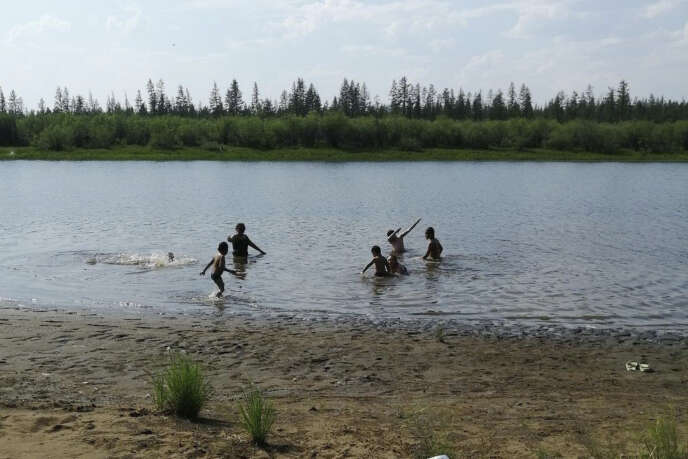Paul72 a écrit :https://www.nouvelobs.com/planete/20190829.OBS17710/rechauffement-climatique-280-millions-de-deplaces-a-prevoir-avec-la-montee-des-eaux.html
Juste pour la montée des eaux, dans le cadre d'un scénario qui respecterait les objectifs de la COP 21
je te demandais le nombre de victimes AVEREES actuellement annuellement, du au RC.
Tu me sors un chiffre sortant d'un "projet de rapport de l'ONU" , tu postules que ce genre de prévision est fiable , par principe ?
Faudrait déja que tu m'expliques alors comment on arrive à déterminer un chiffre aussi précis que "280 millions" (attention hein pas 300 ! 280 !!) alors que les projections sur la montée des eaux ont à la base une incertitude d'un facteur 2 meme en 2050

la science climatique est décidément magique ...

Malheureusement ça ne marche pas toujours on dirait ...
http://refmar.shom.fr/image/image_galle ... 0281369947n 2005, the United Nations Environment Programme (UNEP) warned that imminent sea-level rises, increased hurricanes, and desertification caused by “man-made global warming” would lead to massive population disruptions. In a handy map, the organization highlighted areas that were supposed to be particularly vulnerable in terms of producing “climate refugees.” Especially at risk were regions such as the Caribbean and low-lying Pacific islands, along with coastal areas.
The 2005 UNEP predictions claimed that, by 2010, some 50 million “climate refugees” would be frantically fleeing from those regions of the globe. However, not only did the areas in question fail to produce a single “climate refugee,” by 2010, population levels for those regions were actually still soaring. In many cases, the areas that were supposed to be producing waves of “climate refugees” and becoming uninhabitable turned out to be some of the fastest-growing places on Earth.
In the Bahamas, for example, according to the 2010 census, there was a major increase in population, going from around 300,000 in 2000 to more than 350,000 by 2010. The population of St. Lucia, meanwhile, grew by five percent during the same period. The Seychelles grew by about 10 percent. The Solomon Islands also witnessed a major population boom during that time frame, gaining another 100,000 people, or an increase of about 25 percent.
In China, meanwhile, the top six fastest growing cities were all within the areas highlighted by the UN as likely sources of “climate refugees.” Many of the fastest-growing U.S. cities were also within or close to “climate refugee” danger zones touted by the UN
Rather than apologizing for its undisputable mistake after being first exposed by reporter Gavin Atkins at Asian Correspondent, the global body responded in typical alarmist fashion: with an Orwellian coverup seeking to erase all evidence of its ridiculous predictions. First, the UNEP took its “climate refugees” map down from the Web. That failed, of course, because the content was archived online prior to its disappearance down the UN “memory hole.
Then the UNEP tried and failed to distance itself from the outlandish claims, despite the fact that the map was created by a UNEP cartographer, released by UNEP, and repeatedly hyped by the outfit in its scaremongering campaigns. Eventually, as more and more media around the world began picking up the story, a spokesperson for the UN agency claimed the map was removed because it was “causing confusion.”
y a des bons traducteurs si tu ne comprends pas l'anglais ...

Passer pour un idiot aux yeux d'un imbécile est une volupté de fin gourmet. (Georges COURTELINE)
Mééé nie nui allé a des fetes avec 200 personnes et n'iai meme pas été maladee moiiiiiii (Guignol des bois)




